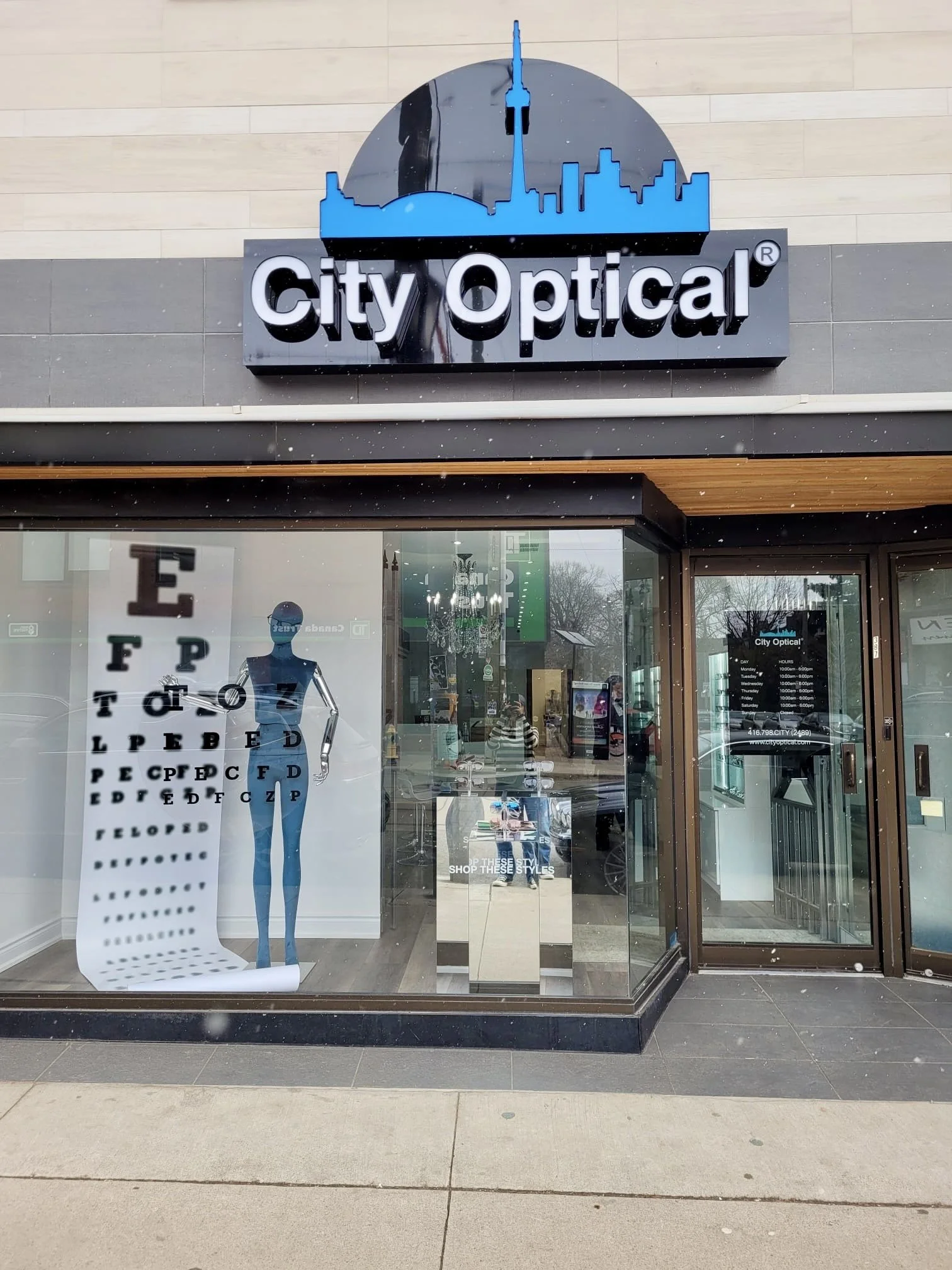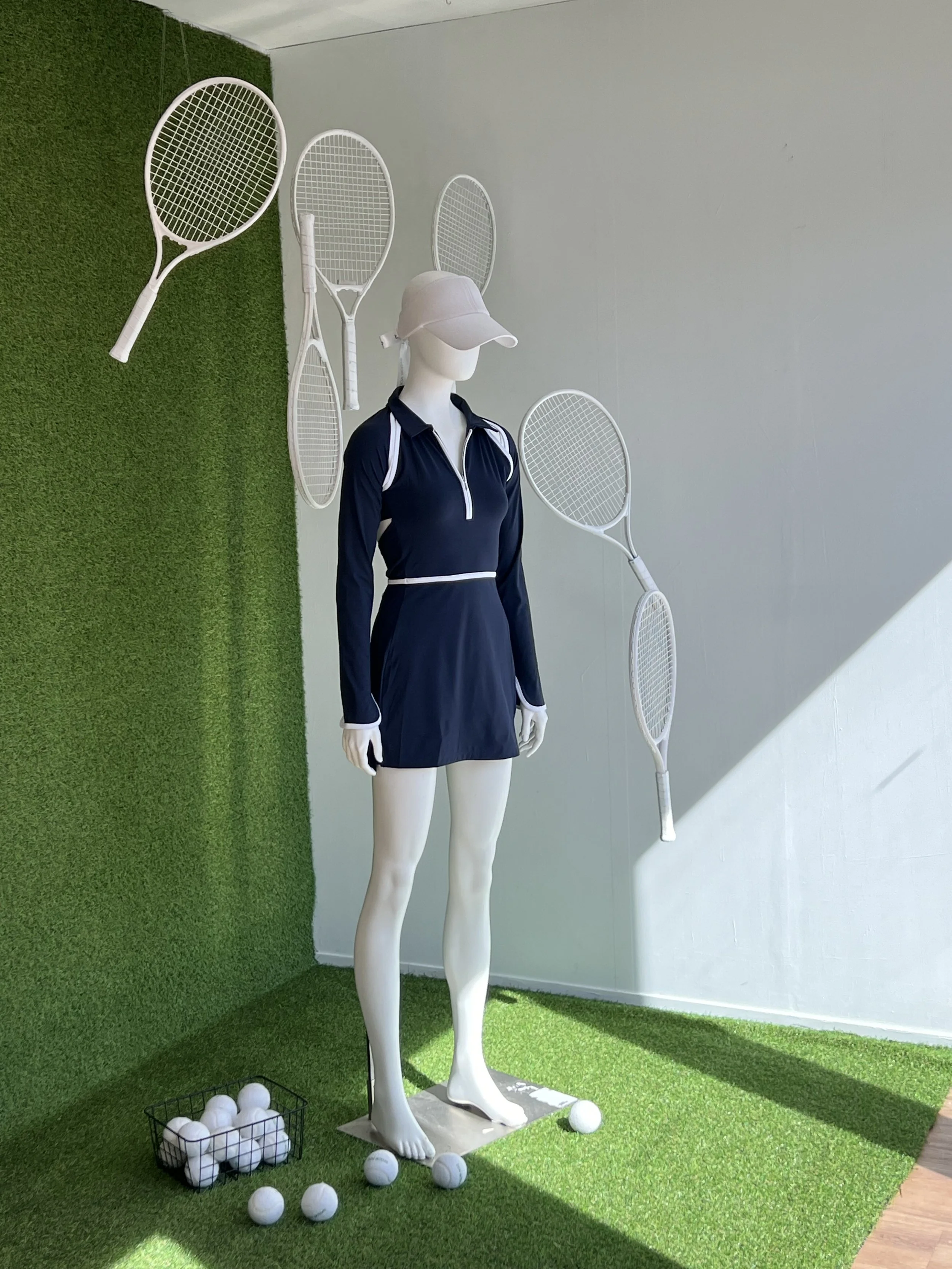How to Plan a Retail Window Display That Increases Revenue
In the realm of retail merchandising, the importance of a thoughtfully planned window display cannot be overstated. Your storefront isn’t just about aesthetics—it’s a strategic tool that directly impacts your revenue, margins, and even inventory turnover. And the answer is also not over-filling your display to show every variation of every item that you have in your asortment. Especially for small and mid-sized retailers in key Canadian cities like Toronto, Vancouver, Calgary, and Montreal, your windows are often the very first handshake with new customers.
Beyond the beautiful props and seasonal themes, successful window dressing starts long before the design phase—it begins with a solid visual merchandising strategy.
Why Planning Matters More Than Decorating
While design fundamentals like colour theory and layout remain essential, the real magic starts with planning. This stage shapes the display’s purpose, ensures it supports sales goals, and aligns it with the store’s overall brand story.
For established retail businesses, window dressing isn’t just about showcasing new arrivals—it’s about thinking strategically:
What products help improve your margin?
Which items drive inventory turnover before the season ends?
How can your display reflect current economic realities while staying visually engaging?
Answering these questions in advance helps create displays that don’t just look good—they perform.
Start With the Right Questions
Before you sketch your first concept or source props, consider these planning prompts to shape your window strategy:
1. Focus on the Theme
What theme or product line should be highlighted right now?
What’s most urgent for customers to know about this month or next?
Are there upcoming seasonal or lifestyle needs to address?
Your theme should go beyond simply featuring the newest arrivals—it should connect to what’s most relevant for your target audience today and anticipate what they’ll want soon.
2. Amplify Selling Points
What features of your products deserve special attention? (e.g., fabric prints, versatile styling, durability)
How can you educate passersby about these points through signage or storytelling?
When customers see clear benefits in your display, they’re more likely to step inside—boosting both traffic and conversion.
3. Leverage Architectural Opportunities
Are there structural features you can use creatively?
Can ceiling drops highlight hanging elements?
Is there a back wall that could become a statement backdrop?
Instead of viewing architecture as a barrier, see it as part of your visual merchandising toolkit.
Think Beyond the Glass: Align Windows With Interiors
One common oversight? Treating windows as stand-alone spaces. Your display should act as an extension of your store interior. This cohesive approach helps customers feel invited, rather than confused by disconnected visual cues.
Open-back windows
Offer a preview into the store’s atmosphere and inventory.
Let negative space frame the view, rather than blocking it completely.
Closed windows
Serve as a curated snapshot of what’s inside.
Use storytelling or props to build curiosity about your full range.
By planning both your interior and windows together, you create a seamless journey that feels intentional from first glance to final sale.
Impact on Margins, Revenue, and Inventory
Thoughtful window display planning isn’t only about design—it directly supports your bottom line:
Promote high-margin items by placing them at eye level or as focal points.
Feature products with slow inventory turnover to spark interest and free up space.
Adapt displays quickly to reflect real-time sales trends and local economic changes.
In today’s economy, especially across busy Canadian retail markets, staying agile with your displays can help protect revenue even during slower months.
Practical Tips for Small to Mid-Sized Retailers
Whether you’re operating a boutique in Toronto, a lifestyle store in Vancouver, or a specialty shop in Calgary, consider these quick tips:
Refresh windows regularly to reflect current inventory and keep displays feeling fresh.
Use professional photos or digital mockups during the planning phase to visualize your ideas.
Remember: negative space can be just as powerful as product placement.
Need More Help?
Window displays are more than decoration—they’re a strategic investment in your store’s performance.
If you’re looking to refine your visual merchandising skills, check out:
👉 Our 8-week visual merchandising e-course: step-by-step training on planning, designing, and executing displays that drive revenue.
👉 Our seasonal DIY display design kits: ready-to-use tools perfect for small teams and quick refreshes.
In summary: Thoughtful planning transforms your window display into a true sales tool—boosting revenue, protecting margins, and keeping inventory moving. Start with a clear theme, know your selling points, and always see your windows and interior as one story.
Ready to elevate your store’s first impression? Let’s plan smarter, together.


